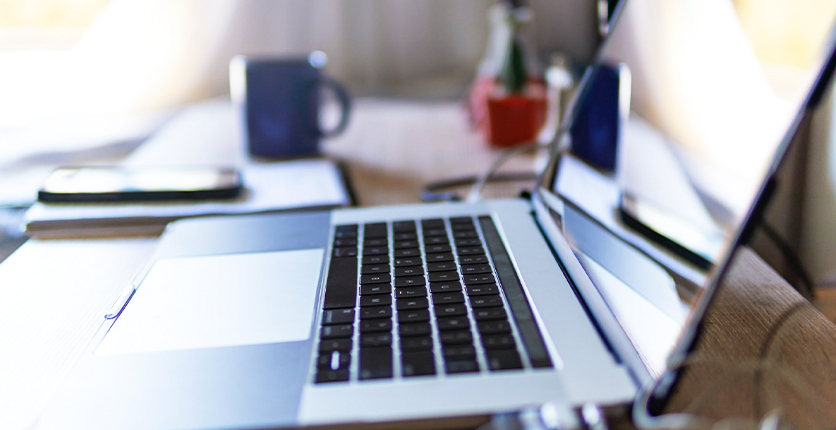When pandemic restrictions first set in, many of us had to adjust to working from home. And in the last year or so, as the pandemic continued to change how nations are responding, we’ve experienced a combination of working from home and the office. This arrangement, called hybrid working, is likely to continue.
While we love hybrid working for its flexibility, it could also blur the line between work and home life. But there are surely benefits of such an arrangement. Says Mr Jean Drouffe, CEO of AXA Insurance Singapore: “If done right, a hybrid workplace can benefit employees and organisations as a whole – it can create a workforce that is more empowered.”
“It is more likely to not only be motivated and productive, but also happier, healthier and more resilient overall.”
So as we move into a mix of working from home and from the office, we’ll need to learn to adapt to this “new normal”.
Here are some ways to make the transition easier:

1. Readjust your office routine
Clinical psychologist Dr Felicia Neo shares that as more employees return to the workplace, many may view this “as a break in the structure, regimen and normality that they have learnt to create in the environments they have set up for themselves over the past year”. So it’s best to start readjusting your routine while you’re still working from home. This might include waking up much earlier, meal prepping on the weekends, and ending work by a stipulated time. Making these small changes helps to steadily build yourself up for when you eventually head back to the office, instead of being forced to dive in headfirst.

2. Keep an open mind and stay flexible
As circumstances continue to change and adapt, protocols, work reviews and new policies may be implemented and probably evolve over time. Approach the situation with an open mind and prepare yourself that there may be further changes ahead. Remember to make time to do small gestures like virtual one-on-one catch-ups to help you and your colleagues’ mental wellness. You can also take time to participate in virtual team-building activities to maintain that camaraderie.

3. Continue to practise self-care
Taking care of yourself should be a top priority, whether working from home or at work. Anxiety can hijack your ability to make rational decisions and cause you to lose focus. As such, taking care of your mental health is pivotal to making the return to the office easier. Part of practising mindfulness includes incorporating time for hobbies, exercise and other activities that serve to destress and reenergise you. Make sure you’re aware of your stress signals so you can take time to meditate during various times of the day.

4. Manage expectations at work
Company protocols and ways of working will probably have changed and may similarly continue to shift over time, depending on latest rules and policies. We’re all facing uncertainty and stress in different degrees. As such, managing expectations is crucial to adapting to new realities. Find time to communicate openly and respectfully with your manager about the challenges you are facing during the transition.

5. Keep your eye on the big picture
Any transition is bound to have its fair share of challenges and obstacles but instead of focusing on the negative, reframe your perspective and look at the good parts of being back in the office. This includes having better interaction with colleagues, having a better sense of normalcy re-instilled, and new opportunities that may come your way.
Our circumstances may have changed and will continue to change. By taking good care of ourselves and maintaining open communication, we can minimise the drawbacks of hybrid working and maximise its effectiveness. We may not be able to influence the changes, but you can control how you react and take advantage of them.
Looking for professional advice to help you in your career journey? Register your interest to see a career ambassador at Workforce Singapore and we’ll be in touch.
Share your career tips with us at magnsman@sph.com.sg!







